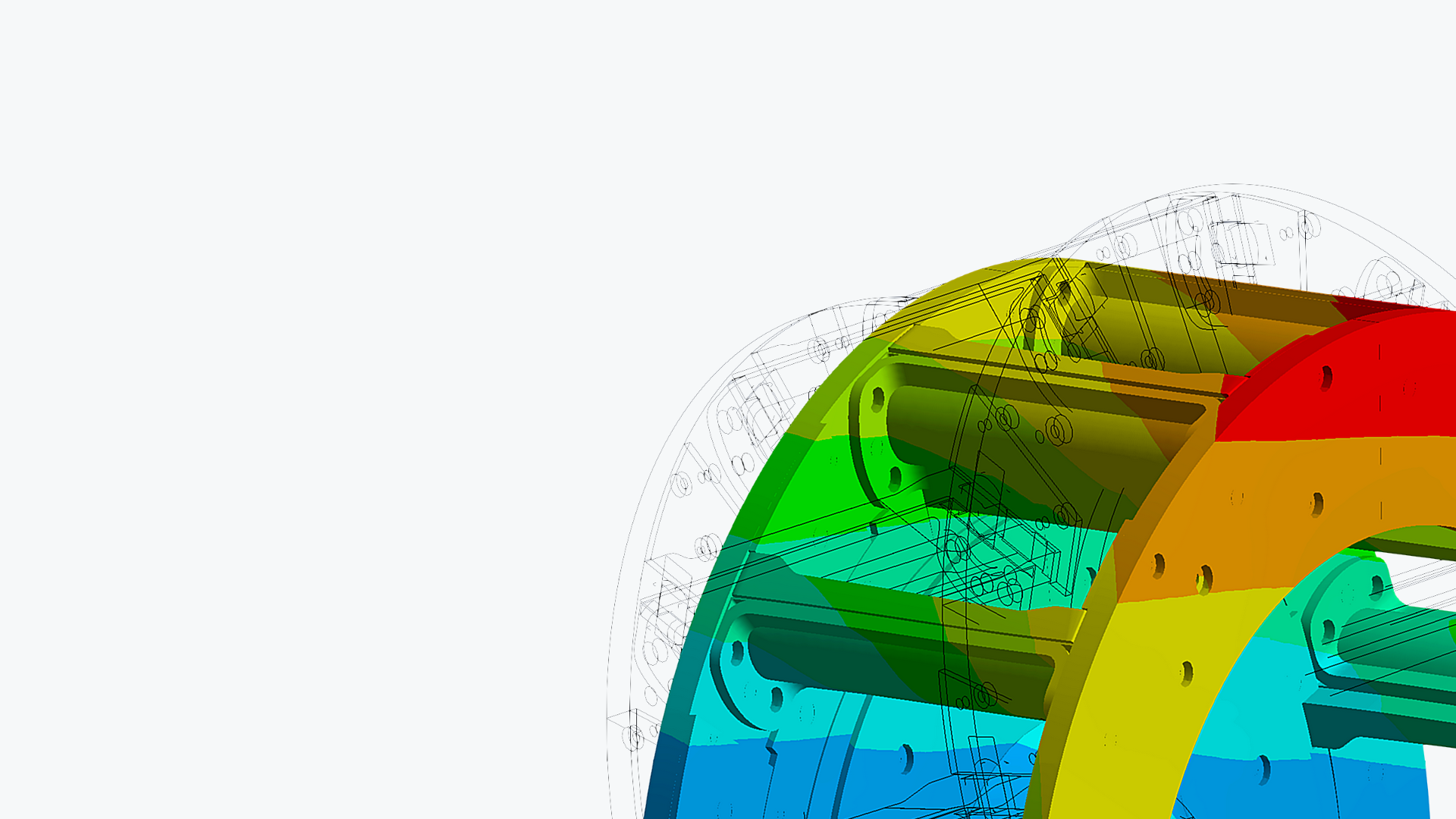Strength Calculations
We make a wide range of strength analyses for highly stressed components of power generation equipment.

Strength Calculations
Firstly, calculations of pressure parts as prescribed by standards. These computations also include calculations of the expected service life of pressure parts, exposed to damage by creeping, and material fatigue. Pressure parts, which can not be computed by calculations because of their specific shape or stress, are assessed by an FEP analysis; among others, expansion calculations of pipe route flexibility are included.
Milling circuits, including calculations of pulverized fuel ducts, classifiers as well as wheels of fan mills, are another important area of interest of strength analyses. Assessment of these parts should include both static strength analyses, and material fatigue suffered from cyclic stress as well as dynamic stress from the wheel rotation which can give rise to dangerous transverse and torsional oscillations.
The third category of strength calculations of the power generation equipment falls within the category of steel structures. This category includes calculations of the bandage of stacks, flue gas ducts, air ducts, SCR reactor boxes, bunkers, stacks, and piping bridges.
Strength calculations of pressure parts are made according to the standards
- EN 12952, EN 13480, ASME Sec. I, ASME B31.1 program PROBAD
- EN 13445 program Sant‘Ambrogio
- ČSN 690010 program Mathcad
Expansion calculations of piping flexibility
We make calculations according to the standards EN 13480, ASME B31.1 using the program Bentley AutoPipe which effectively solves the complex area of pipe routes. Bentley AutoPipe contains a flexible modeling collection of pipe segments, large libraries of pipe elements, supports, and spring hangers. Ample possibilities of pipe loads allow for static and dynamic pipe analysis. Results achieved by the module Stress Isometric are displayed in dwg. drawings showing route isometry, and outcomes.
Finite element method analyses
using the ANSYS program are always tailor-made to suit the requirements of the solved topic. Analyses include static structural analysis, thermal analysis, buckling, fatigue life assessment, application of nonlinear plasticity models, and a wide range of dynamic analyses. For example, analyses allow for the assessment of models according to the requirements of the so-called “Analysis Based Design” in compliance with the standard EN 13445-3 or ASME Sec. VIII. The calculation model can either be designed or imported and modified in the environment of 3D modeling software of the program Space-Claim. The model is further developed in the environment of the program ANSYS Workbench where results are also evaluated.
Steel structures
Implementing the Eurocode methodology, we calculate by the program SCIA Engineer. It is the FEM application to design bar and pan structures. SCIA Engineer allows for linear static and geometrically nonlinear analyses, structure stability solutions, and dynamic analysis. The main advantage of the program is the assessment of the structure according to the Eurocode requirements.

